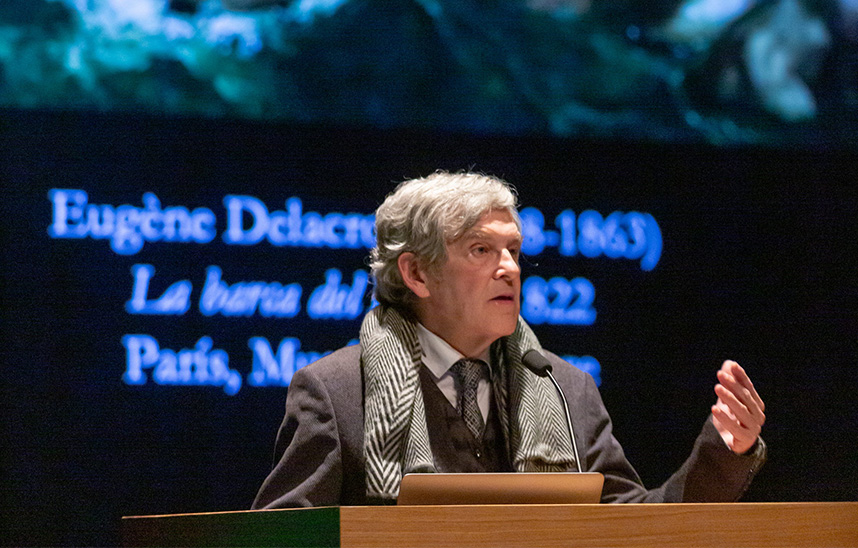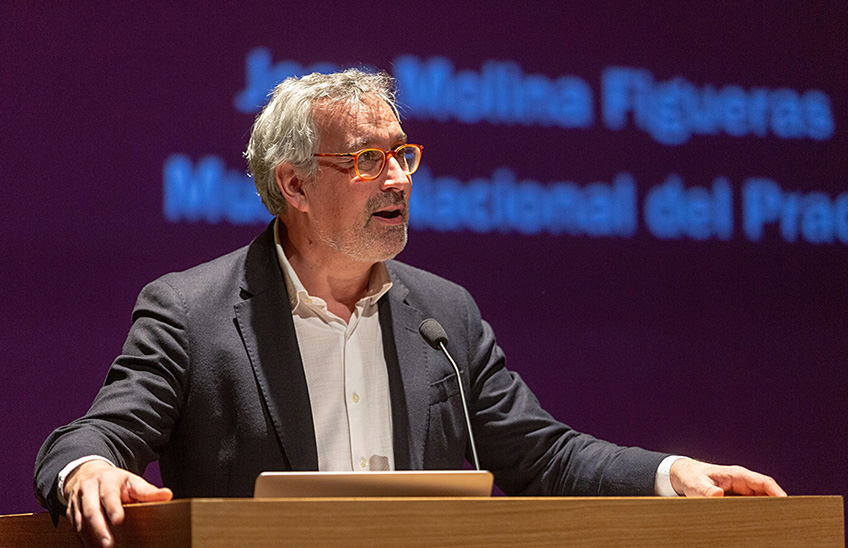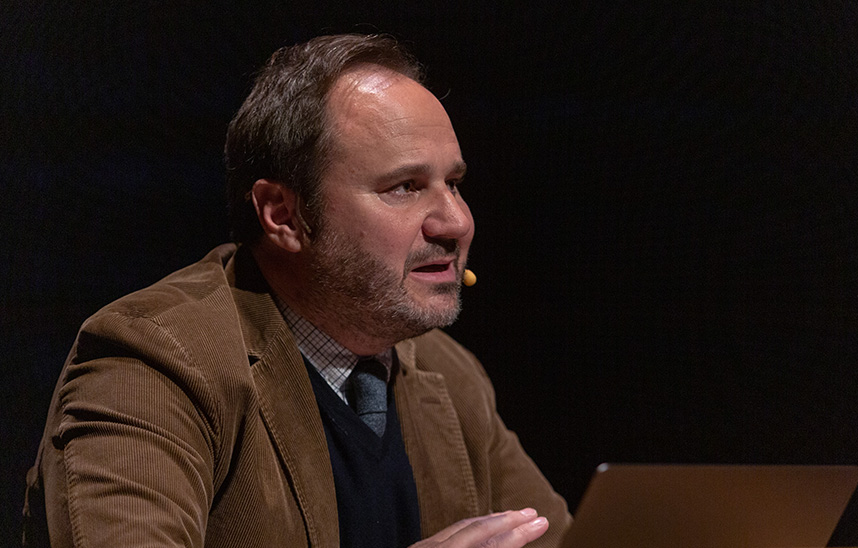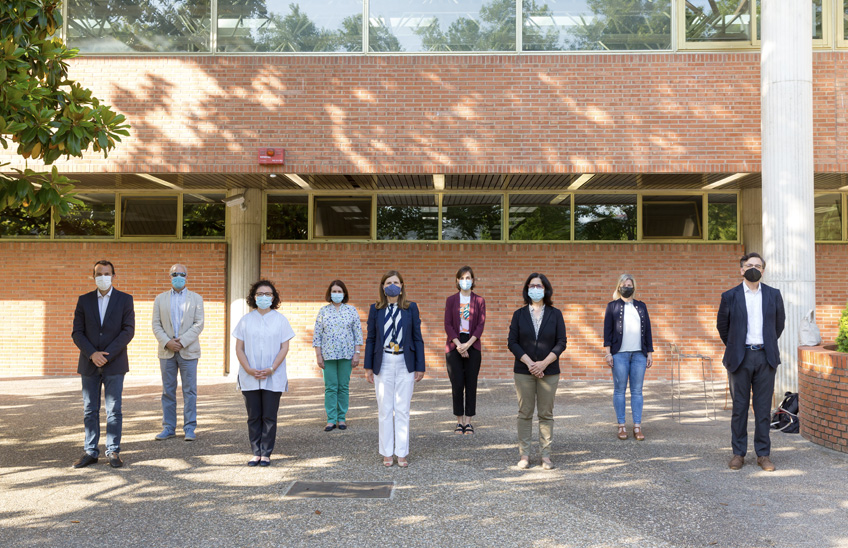"Much remains to be discovered about Rubens' tapestry compositions."
Ana García Sanz, curator of Patrimonio Nacional, teaches the third session of the Prado Museum's lecture series
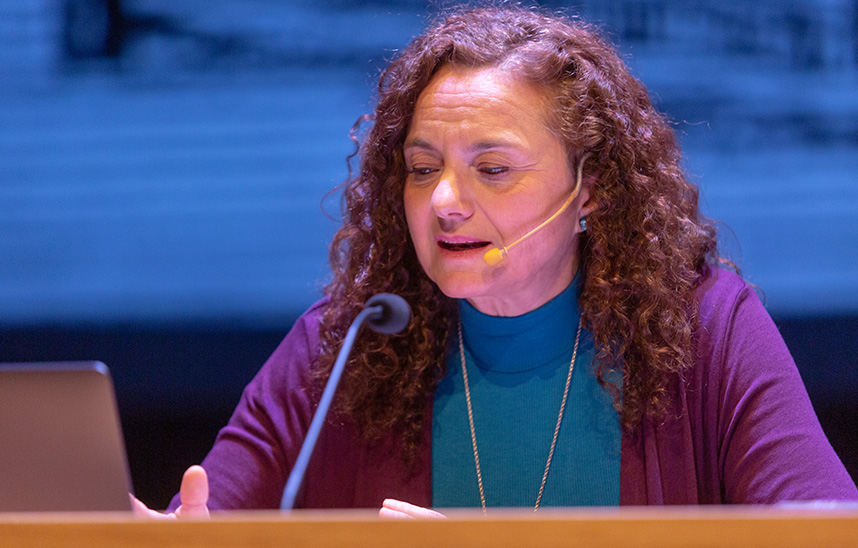
PhotoManuelCastells/
The Museo Universidad de Navarra has hosted the third session of the lecture series Francisco Calvo Serraller that the Fundación Amigos del Museo del Prado organizes in Pamplona, in partnership with the School of Philosophy y Letras of the academic center. In a session entitled "From canvas to loom. Rubens' designs for tapestries", the art historian and curator of National Heritage Ana García Sanz wanted to "delve into this lesser-known facet of the Flemish painter's art".
According to García Sanz, it is known that Rubens designed tapestries on at least four occasions. Traces of "The Story of Consul Decius Mus" (1616-1618), "The Story of Constantine" (1622), "The Triumph of the Eucharist" (1625) and "The Death of Achilles" (1630-1635) are preserved. Through these works, as the expert pointed out, the humanistic training of the painter, as well as the influence of the Counter-Reformation and the Renaissance masters, can be seen at grade . At present, several traces of these four series are preserved.
The extensive issue of works signed by Rubens and related to the tapestries "allows us to understand how he approached these projects, what was his method of work", explained the speaker. In the first phase, Rubens would make small sketches, thus capturing his general vision of the work. Then, based on them, his workshop assistants created models with a more pictorial technique on oak boards. The images of the models were copied onto a canvas of dimensions equal to those of the future tapestry, called cardboard. The drawings on the cardboard were reproduced by the weavers, "interpreting them as a score".
Rubens corrected the work of his assistants and supervised the entire process of creating the tapestries. The curator reminded the audience that this "meant assuming that the last piece of what he was designing was not going to be his". Once the designs were materialized into tapestries and delivered to the client, what happened to the preparatory works? As García Sanz clarified, the various "pieces of the puzzle" were scattered around the world. The speaker explained that the models and cartoons were distributed among Rubens' family and his workshop, but all of them were sold over the centuries. Thus, the creations ended up in various museums or private collections. Unlike his great paintings, Rubens' tapestry work "was fragmented".
In 2019, a collector in The Hague discovered a model by the Flemish painter. In this regard, the speaker pointed out that "there is still a chance that sketches by Rubens will turn up". Meanwhile, at the Liechtenstein Museum, the restoration of the cartoons used for "The Story of Consul Decius Mus" continues.

